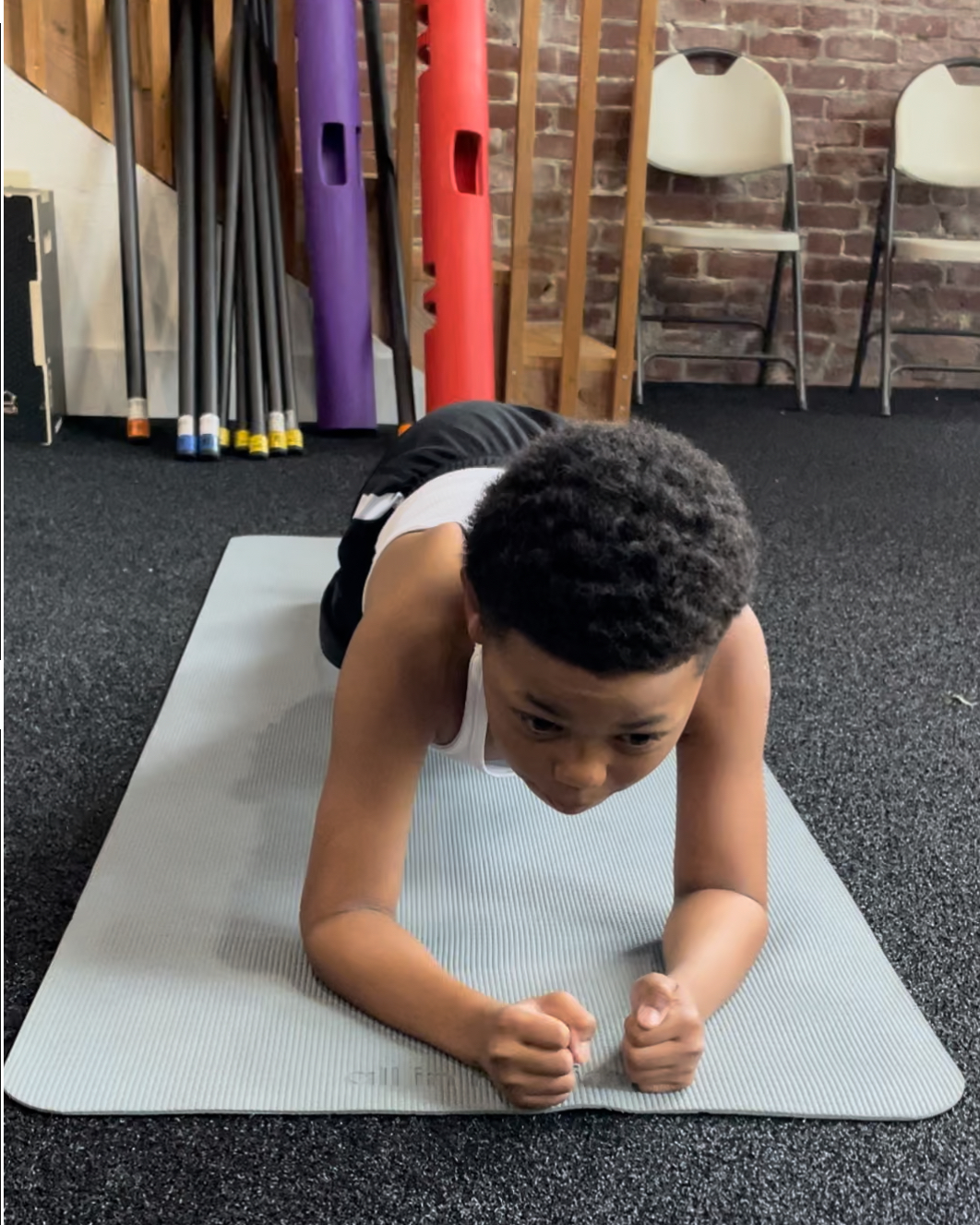In today’s competitive sports environment, many young athletes are encouraged to participate in multiple sports year-round, with the belief that more playtime leads to better skills and greater success. However, this approach can often be counterproductive, leading to burnout, overuse injuries, and stunted athletic development. Instead, athletes should consider investing time in sports performance training to enhance their overall athletic abilities, reduce the risk of injury, and ultimately achieve higher levels of success in their chosen sports.
The Pitfalls of Playing Too Many Sports
While participating in various sports can develop a broad range of skills and keep young athletes engaged, it often comes with significant downsides. The most common issue is the lack of rest and recovery time. Continuous participation in multiple sports, often with overlapping seasons, leaves little room for the body to heal and strengthen. This increases the risk of overuse injuries, such as stress fractures, tendinitis, and muscle strains.
Additionally, playing multiple sports can lead to burnout. The constant pressure to perform, coupled with the physical and mental demands of juggling different sports, can cause young athletes to lose their passion for the game. Instead of improving, they may experience fatigue, reduced performance, and a lack of motivation.
The Benefits of Sports Performance Training
Sports performance training focuses on developing the foundational elements of athleticism, such as strength, speed, agility, and flexibility. By investing time in this type of training, athletes can enhance their performance in all sports, rather than just focusing on sport-specific skills.
1. Improved Athleticism: Performance training builds the physical qualities that are essential across all sports. Whether it’s the explosiveness needed for a basketball jump shot, the speed required to sprint down a soccer field, or the agility to change direction on a dime in football, sports performance training lays the groundwork for superior athleticism.
2. Injury Prevention: A well-rounded sports performance program includes exercises that strengthen the muscles, improve joint stability, and enhance flexibility. These components are crucial for reducing the risk of injuries that can occur from repetitive motion or sudden impacts in sports. By preparing the body to handle the physical demands of competition, athletes are less likely to suffer from setbacks that could derail their progress.
3. Long-Term Development: Focusing on performance training allows athletes to develop at a sustainable pace. Rather than peaking too early or plateauing due to overuse, they can steadily improve their athletic abilities. This long-term approach helps athletes build a strong foundation that supports continuous growth and success throughout their careers.
4. Mental and Physical Resilience: Performance training also strengthens the mental toughness required to push through challenges. The discipline and focus needed to complete rigorous training sessions translate to improved confidence and resilience in competition.
Conclusion
While playing multiple sports has its merits, athletes should prioritize sports performance training to maximize their potential. By focusing on building strength, speed, agility, and injury resistance, athletes can achieve higher levels of success in their chosen sports. Investing in performance training not only enhances athleticism but also supports long-term development and reduces the risk of burnout and injuries. For athletes looking to excel, the time spent in the gym or on specialized training will pay off far more than simply playing more games.

